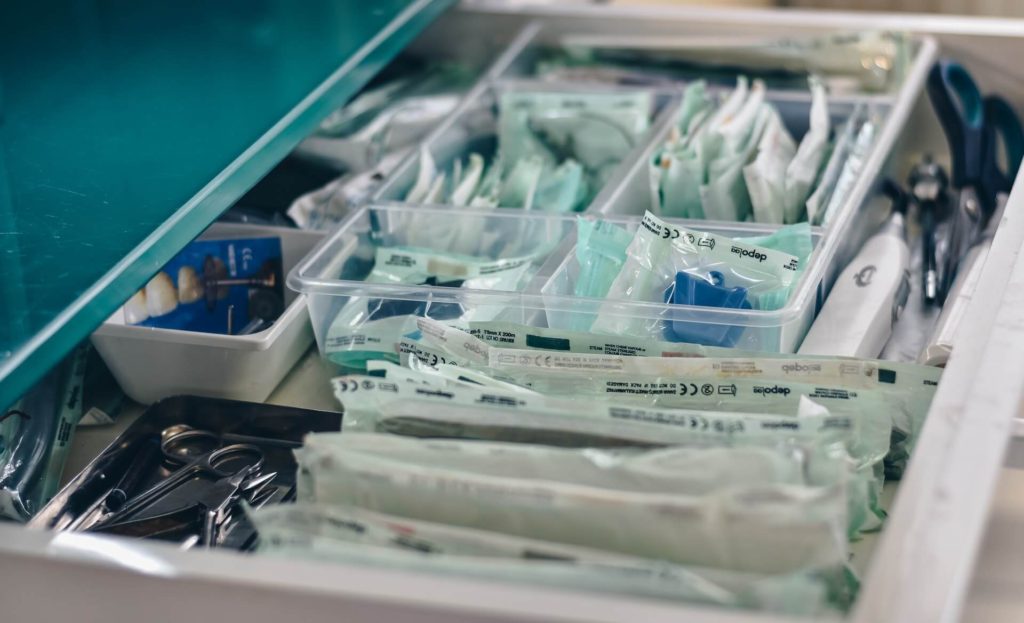Skip To Sections
Utilization can be defined as the extent to which hospitals are making use of products or services. Many hospitals have historically focused on savings related to pricing and standardization. However, with seemingly relentless financial pressures and complexities of the healthcare supply chain, utilization opportunities are the next wave to spark interest of savvy hospital executives. Opportunity for improvement in utilization can exist due to over, under, or improper use of a hospital’s goods, equipment or services. Being able to conduct an accurate assessment of current operations to determine if utilization opportunities exist is a challenge for most hospital leaders due to several factors such as unreliable documentation data and constantly evolving market options for products and services.
Successful implementation of utilization opportunities delivers the following benefits to an organization:

1) Poor Asset Management: In today’s environment, hospitals have a broad mix of assets across the organization. Understanding the true total cost of those assets is a challenge. Total cost of ownership for each asset includes not only the acquisition cost but also ongoing expenses related to maintenance, service and consumables. Furthermore, with hospital service lines experiencing continuous evolution, it’s difficult to maintain current lists of assets, let alone track service and maintenance records. As a result, an organization may find many inefficiencies or low returns on investments when true total cost of ownership is revealed.
Client Example: In our experience, clinical engineering often comes up in client discussions as an area to review due to its costly asset acquisitions, large asset inventory, and significant recurring spend on service and maintenance. Optimizing service levels on under-utilized or low-risk devices can drive utilization improvement. As an example, in outsourced maintenance agreements for ultrasounds, there may be significant savings to move from a platinum to silver or bronze support levels when in-house maintenance capabilities exist or sufficient inventory is available to swap out devices as equipment downtime occurs.

2) High Volume of Add-on Charges: For outsourced services, expenses can mount quickly due to “add on” charges for line items such as over-time, out of scope requests, volume commitment penalties, etc. These situations can result when service requirements were not anticipated when the agreement was created or if an organization experiences operational changes that impact how the services are now used. For these reasons continuous utilization reviews are important.
Client Example: Within our client’s clinical purchased services spend, such as dialysis, we discovered a high volume of “delay” charges that increased over several years. This led us to identify an operational bottleneck that was occurring with the patient transport process for treatments performed in the dialysis suite. Once the problem was understood, the transport process was redesigned, resulting in improved patient flow and a significant reduction in delay charges.
3) Misalignment with Key Performance Indicators (KPIs): Although the process for determining utilization opportunities does not rely on data alone, using Key Performance Indicators (KPIs) to monitor high level utilization trends is helpful. KPIs are multi-dimensional, data-driven measurements of key operational data that highlight performance relative to targets and help measure productivity in healthcare organizations. KPIs are a good first place to look for unfavorable utilization trends that may be a symptom of a larger underlying operational issue. We find implementing a KPI reporting tool that ties operational performance to cost can bring more awareness to potential utilization improvement opportunities and ultimately help drive and sustain change.
Client Example: Appropriate linen utilization is a common issue for many hospitals, and an opportunity that our clients typically believe exists based on operational practices they witness. However, determining just how much utilization opportunity there is can be difficult to pinpoint. In our experience, a KPI that effectively measures linen utilization levels, including linen loss, reported in a metric of pounds per adjusted patient day helps our clients identify utilization improvement opportunities.

This article was authored by Joseph Jang. Joseph is a management consultant with expertise in healthcare supply chain, non-labor cost reduction and performance improvement at Pathstone Partners.
